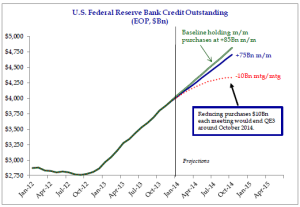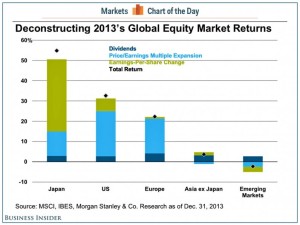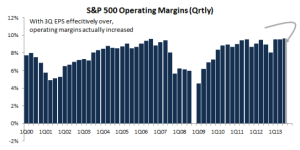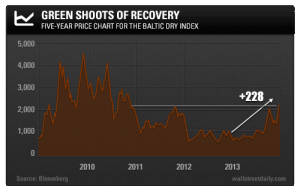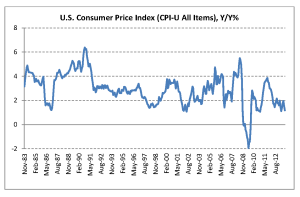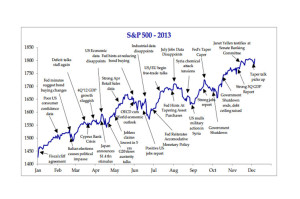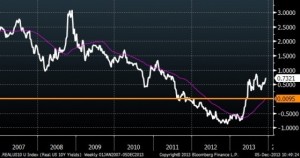1. What is a myRA?
The myRA (rhymes with IRA) is a new workplace retirement savings account discussed by President Obama in the State of the Union address and subsequently authorized by executive order. The administration hopes that employers who currently don’t offer a workplace retirement plan will make myRAs available to their employees. Only limited details are currently available.
The myRA is a regular Roth IRA with some special features. Your contributions are made on an after-tax basis through payroll deduction. Your contributions are tax-free when withdrawn, and earnings are also tax-free if certain requirements are met. Contributions are invested in newly created government bonds that earn the same variable interest rate that’s available through the government’s Thrift Savings Plan Government Securities Investment Fund (G Fund). For reference, the G Fund earned 2.45% in 2011 and 1.47% in 2012. Your account principal is fully protected — the value of your account can never go down, and the bonds are backed by the full faith and credit of the U.S. government.
2. Is it available now?
No. It is anticipated that the program will start in 2015.
3. Do employers have to offer the myRA?
No. The plan is voluntary. Employers need to sign up by the end of 2014 in order to participate in the pilot program.
4. Do employees have to contribute?
No. Unlike the Auto-IRA that has also been proposed by President Obama, but not yet enacted, employee contributions are totally voluntary.
5. Who can contribute?
According to the White House, myRA accounts are available to “households earning up to $191,000.”
6. Will employers contribute to the myRA?
No.
7. How much can I contribute?
You can open an account with as little as $25, and additional contributions can be as little as $5. You can keep your account if you change jobs. Again, details are limited, but presumably you can contribute up to the annual IRA limit (the limit for 2014 is $5,500), and that would include all of your myRA, traditional IRA and regular Roth IRA contributions. However, once your account reaches $15,000 (or you have had the account for 30 years, whichever comes first) you’re required to transfer the account into a private-sector Roth IRA.
8. When can I access my funds?
This is not entirely clear. According to the Obama administration’s instructions to the Treasury, you can access your funds if you have an emergency. It is not currently clear, however, if the regular Roth IRA distribution rules — which don’t limit withdrawals to emergencies — also apply. (The regular rules allow you to access your funds at any time. Your own contributions are tax-free when withdrawn; earnings are tax-free if you are at least 59½, or disabled, or a first-time homebuyer, and you also satisfy a five-year holding period.) You can transfer your myRA account balance to a private-sector Roth IRA at any time.
9. Why should I invest in a myRA instead of a regular Roth IRA?
The distinguishing features of a myRA are the ability to contribute through payroll deduction, access to the new retirement bond, safety of principal, and the ability to make very small contributions. There will also be no fees to establish or maintain the myRA. However, the myRA, with its single investment option and $15,000 cap, lacks the flexibility of a regular Roth IRA. If you can afford the minimum investment to establish an account, a regular Roth IRA may be the better option.
http://www.nerdwallet.com/blog/finance/2014/myra-what-need-to-know/



